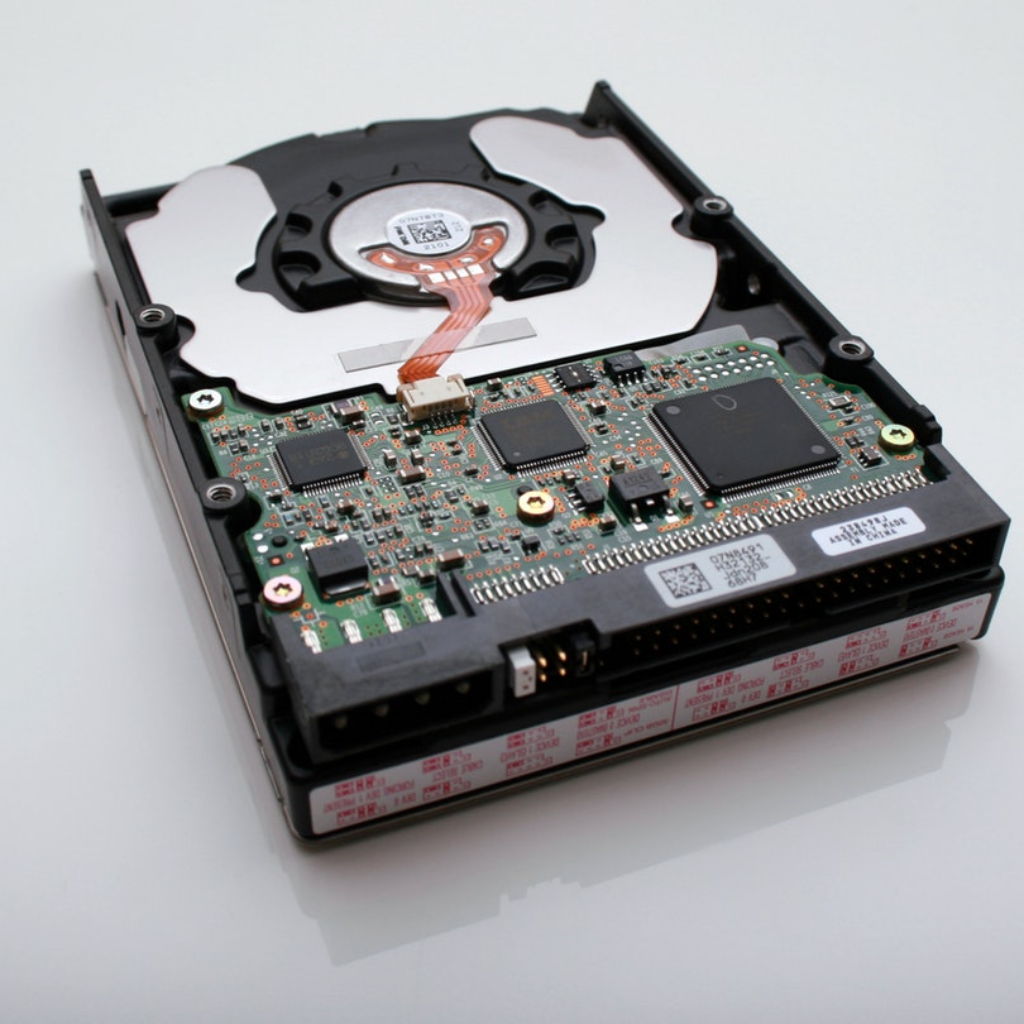Encrypted drives provide robust security by encoding data, ensuring that only authorized users with the correct decryption key can access the information. However, recovering lost data from encrypted drives can be a complex and challenging process, especially if the decryption key or password is misplaced, the drive is corrupted, or the operating system fails. Fortunately, there are proven techniques that can help regain access to lost data from encrypted drives, provided the right steps are followed carefully. Here’s a comprehensive guide on how to recover data from encrypted drives.
Check Backup Availability
Before diving into advanced recovery methods, check for any recent backups of the encrypted data. Many users or businesses have automated cloud or external drive backups, which can save significant time and effort. Restoring from a backup is the easiest and most reliable way to regain access to lost data. If the backup contains the encrypted drive’s data, simply restore it and decrypt it using the correct credentials.
Verify the Encryption Password or Key
A common reason for data loss is the loss or forgetting of the encryption password or key. If you are dealing with a lost or forgotten password, try to recover it from password managers, email archives, or any note-taking apps where it may have been saved. Some encryption software may allow for password recovery hints or key backup solutions; verify if your encryption tool offers these options. For organizations, IT departments might have access to a master key or a recovery key that can decrypt the drive.

Use Decryption Software
If you still have the encryption key but the drive is corrupted or the system is failing to access the drive, you may need specialized decryption software to regain access. How to Recover Data Software like VeraCrypt, BitLocker, or DiskCryptor comes with in-built recovery tools that can help decrypt data even from corrupted drives. Ensure that you are using the latest version of the software, as older versions may have vulnerabilities or limitations in recovering from damaged drives.
Repair Drive Corruption
Sometimes, the issue is not the encryption itself but rather the drive being damaged or corrupted. You can use disk repair tools like chkdsk for Windows or fsck for Linux to repair logical drive issues without affecting the encrypted data. Once the drive corruption is fixed, the encrypted data can often be decrypted using the original encryption key or password.
Leverage Data Recovery Services
In severe cases where the drive is physically damaged or logical corruption is too severe, professional data recovery services may be required. Specialized companies use advanced hardware and software tools to recover data from encrypted drives. They often have methods for accessing data from broken drives without damaging the encryption or integrity of the information.
Employ Third-Party Data Recovery Software
There are various third-party data recovery tools, such as Ease US Data Recovery Wizard, Recuva, or Stellar Data Recovery, which can be used to recover data from encrypted drives. These tools typically first recover the encrypted files, which can then be decrypted using the original password or key.